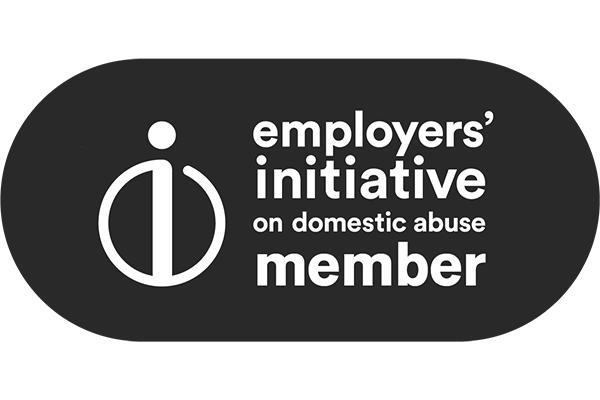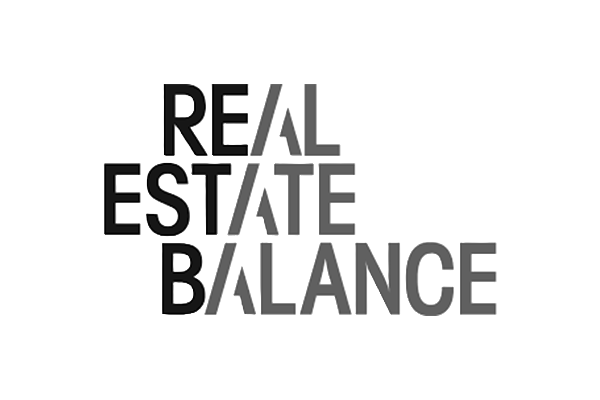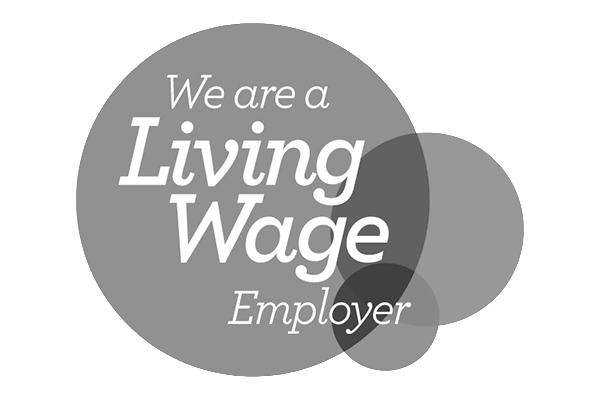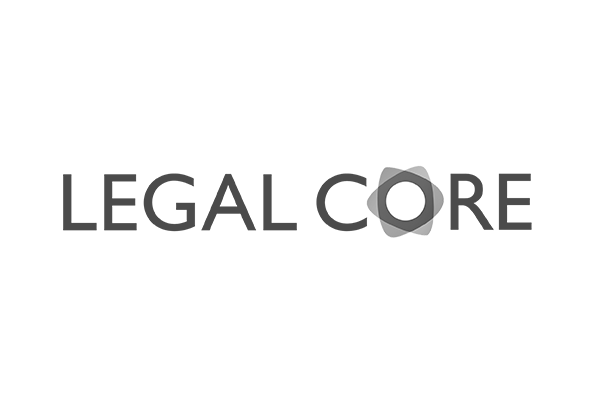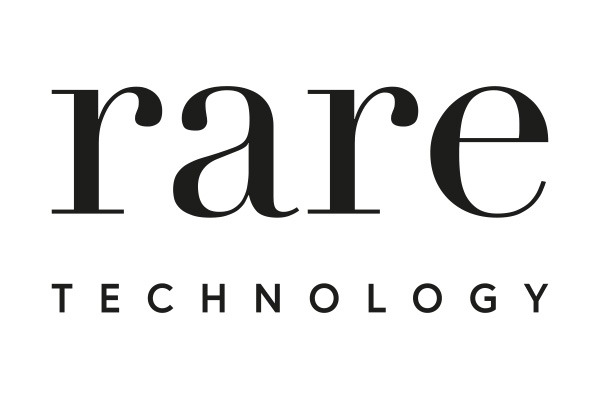
Contributors: Kevin Clancy
Date published: 8 September 2023
Navigating RAAC: What is it and what are your responsibilities as an employer?
At First Minster’s Questions on 7 September 2023, Humza Yousaf advised that the number of schools known to contain Reinforced Autoclave Aerated Concrete (RAAC) has increased to at least 40. This follows on from announcements in England that more than 100 schools have either fully or partially closed. Furthermore, nine Scottish universities have recently confirmed that they too have closed or partially closed some buildings.
What is RAAC?
The Health and Safety Executive has explained that “RAAC is a lightweight form of precast concrete, frequently used in public sector buildings in the UK from the mid-1960s to the mid-1980s. It is mainly found in roofs, although occasionally in floors and walls. It is less durable than traditional concrete and there have been problems as a result, which could have significant safety consequences”.
Of most significant concern, the HSE’s view is that “RAAC is now life-expired. It is liable to collapse with little or no notice”.
What are the health and safety responsibilities?
Section 2 of the Health and Safety at Work etc Act 1974 provides that it is the duty of every employer to ensure, so far as is reasonably practicable, the health, safety and welfare at work of all his employees.
Section 3 of the 1974 Act provides it is the duty of every employer to conduct their undertaking in such a way as to ensure, so far as is reasonably practicable, that persons not in their employment who may be affected thereby are not thereby exposed to risks to their health or safety.
Accidents on premises may be investigated by the Health and Safety Executive and, if health and safety breaches are identified, criminal proceedings and penalties could follow.
In addition, section 37 of the 1974 Act provides that where an offence under the 1974 Act (or associated Regulations) is committed by a body corporate, and that offence is proved to have been committed with the consent, connivance, or neglect of a director, manager, etc then that person may also be prosecuted.
What are the next steps when RAAC is identified?
RAAC is likely to be found in buildings owned and operated by schools, colleges, local authorities, religious orders, and health trusts. For example, the Cabinet Secretary for Social Justice expolained that an NHS review has “identified 254 buildings that have two or more characteristics which are consistent with the presence of RAAC”.
The Chancellor has committed to spending “what it takes” to make schools in England safe. That commitment does not apply north of the border, and so the costs connected to identifying and correcting RAAC problems will need to be met by the Scottish Government.
However, any remedial action will take time.
From a risk perspective, employers will need to engage sufficiently with the problems caused by RAAC. Building owners should be surveying their buildings, taking specialist advice, and conducting risk assessments depending on the outcome of those surveys and advice. It will be necessary to appropriately mitigate against the risks caused by RAAC. That might mean ongoing monitoring or the conducting of further investigations.
However, if the building material is identified as having been compromised or at the risk of collapsing, buildings will require to be closed and alternative measures put in place (whether that is different classrooms, different workspaces, etc). Were an incident to occur, employers and building owners will want to be in a position whereby they can explain to an investigator that reasonably practicable steps (see reference to sections 2 and 3, above) were taken to secure the health and welfare of those people entering the buildings.
For further information, please contact Kevin Clancy, or your usual Shepherd and Wedderburn contact.
Contributors:
Kevin Clancy
Partner
To find out more contact us here
Expertise: Health, Safety and Environmental Regulation, Risk and Regulation, Workplace Risk and Regulation
















